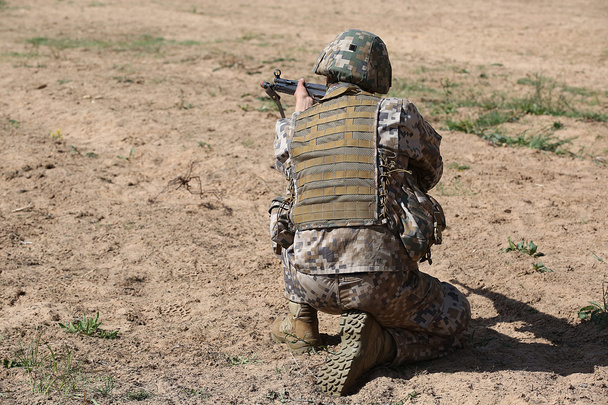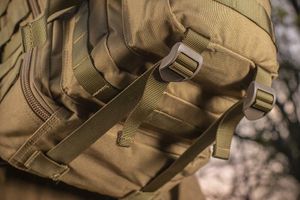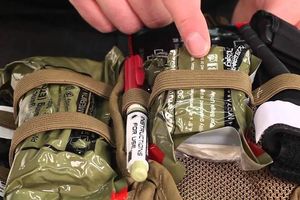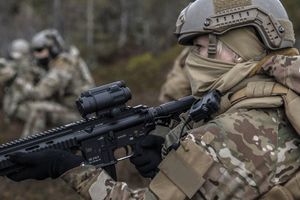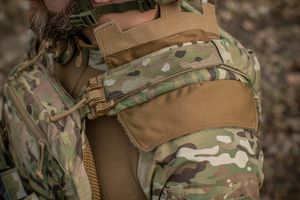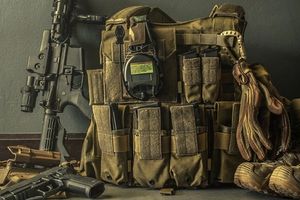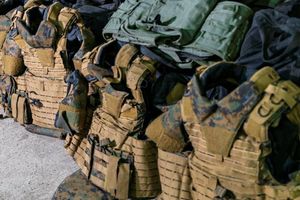Body armor is a thing on which life sometimes depends. That is why its characteristics must always comply with safety standards. The armor has a service life, and after its expiration, the protective properties may be violated. Worn body armor should not be worn, but proper use can extend the wearing time.
Influence of operating conditions on the service life of body armor
Body armor has a long service life, but it can change. Some factors can shorten the wearing time. These include:
- High temperature and ultraviolet (UV) light. Extreme heat can affect individual materials, causing them to warp. First of all, these are the plates themselves. Under the influence of UV radiation, the color of the plate carrier may become lighter, which reduces the camouflage properties.
- Humidity can occur when it rains, snows, or when the vest is stored in damp conditions. Due to the constant exposure to moisture, the plates lose their protective qualities.
- When the wearer of body armor changes weight, this can also affect the reliability of the equipment. If the armor is tight and the person gains weight, the elements of the slab carrier and even the slab will be under a lot of stress. When losing weight, if the body armor is not pressed tightly enough, the panels may become movable, and the level of protection will decrease.
- Internal damage. Externally, the equipment may appear intact, but internal parts may be cracked, bent, or deformed from use. These damages can cause the bullet to penetrate the body armor more easily, which can be fatal to the wearer. Damaged boards should be replaced.
- Storage. Placing body armor on hangers can stretch clothing, which reduces the elasticity of the material. Over time, this can lead to improper fit to the wearer.
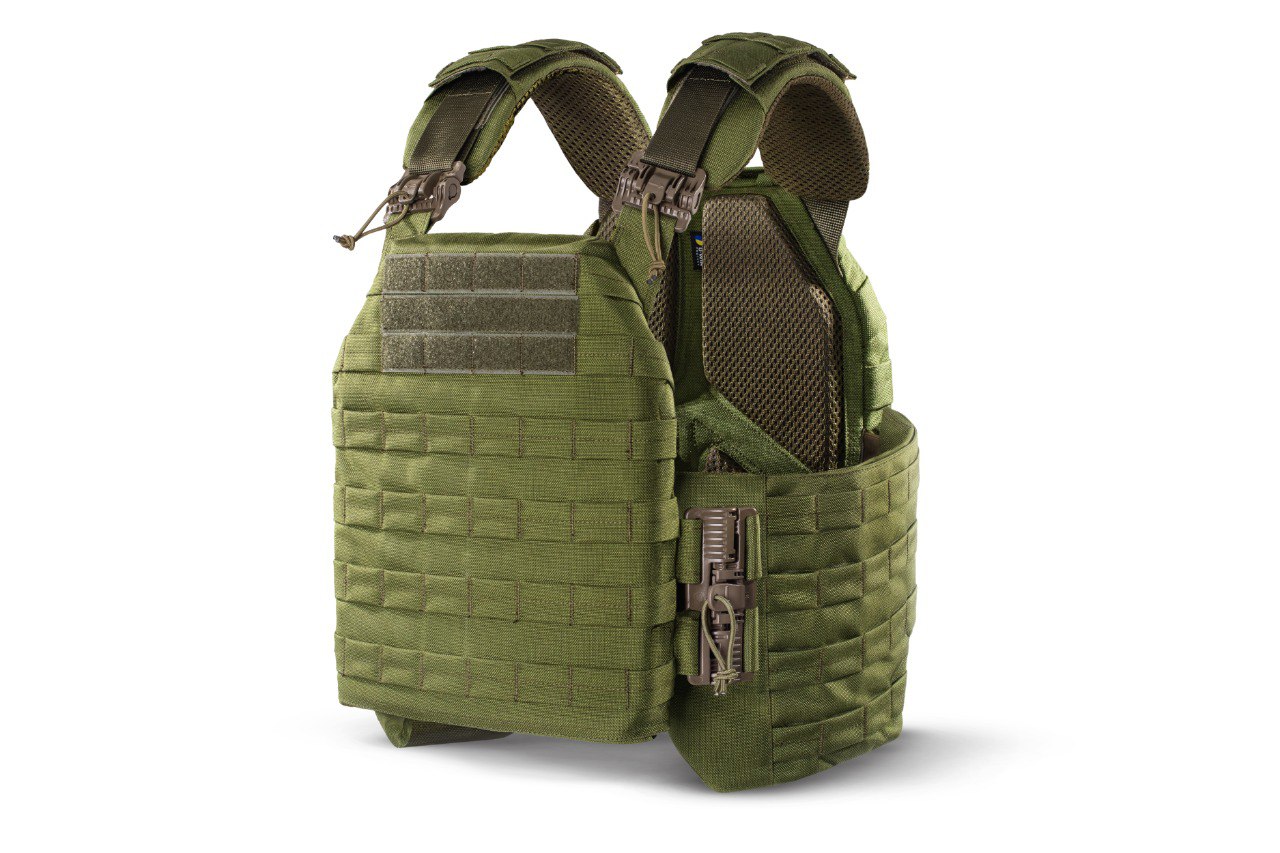
Proper storage, care and wearing contribute to a longer service life.
Different types of body armor and their service life
Materials have different service lives. Steel is an extremely durable material and has a longer shelf life than body armor made from other materials. Although each product may differ, the service life of steel grade 5 slabs is 15-20 years. Steel, especially coated steel, is less likely to deteriorate over many years. The steel plates have very little back side deformation.
The norm for ceramic plates is from 5 to 7 years, that is, after this period you will have to replace them. Ceramics may be more prone to damage or breakage, but plates are incredibly efficient and able to withstand multiple shots and projectiles. Due to their brittleness, ceramics can crack, chip, or be damaged during use or improper storage.
Ultra high molecular weight polyethylene (UHMWPE) has a shorter shelf life, especially compared to steel. In most cases, you will need to replace Grade 2 or Grade 3 UHMWPE armor every 5 years to ensure its effectiveness and reliability.
Kevlar and aramid plates have a service life of 5 years. The disadvantage of Kevlar armor is that it is often more vulnerable to damage due to wear and tear.
Body armor wear
Like any thing, body armor wears out over time. This is normal, but it is important to notice signs of wear in time so that you do not endanger yourself due to a reduced level of protection.
Signs of body armor wear
Signs of wear can be divided into two categories:
- Damage to the front, rear and side plates. These include deformation, microcracks, traces of bullets and debris.
- Slab carrier damage. Velcro, belts, clamps most often suffer. If the vest has become too large, this is an occasion to pay attention to these elements. Fabric damage is also possible - tears, bullet holes, abrasions.
If the plates are worn out, but the plate carrier is intact, only the armored elements can be replaced.
Can I continue to use worn body armor?
A bulletproof vest may be the only thing that will save you from certain death. It must always be reliable and whole. Wearing worn body armor can cause serious physical injury and even death. It is for this reason that it is important to adhere to the manufacturer's instructions and recommendations for the expiration date of the vest.
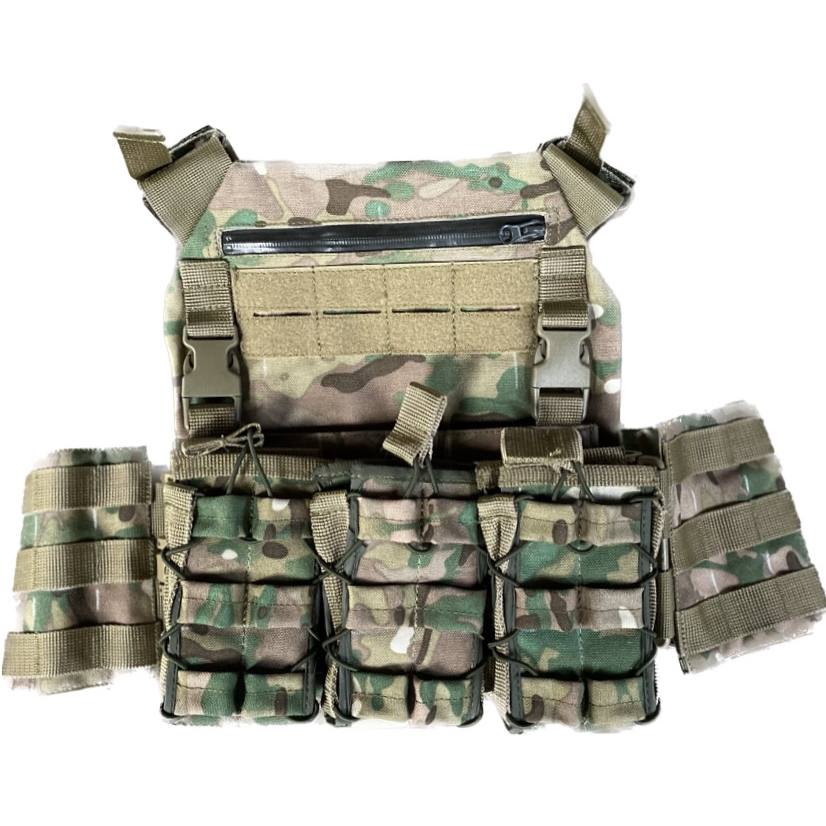
How to take care of body armor
Even with the various unavoidable factors we mentioned above, there are several methods that will help extend the life of the armor:
- Grooming is very important. After wearing, you can hand wash the covers and plates with cold water and a mild detergent. Never immerse the stoves in water for a long time.
- Avoid prolonged exposure to rain and strong sunlight. Rain builds up moisture in your gear, while strong sunlight means high exposure to ultraviolet light.
- Properly store protective equipment. The body armor must be folded flat. You shouldn't hang it. Store the plate carrier and plates in a dry place out of direct sunlight.
- Check your weight from time to time. If you notice weight gain or loss, adjust your gear or get a new size.
- Check your body armor regularly. If the straps begin to stretch or the Velcro does not work properly, they must be replaced. If damage can be repaired, fix it as soon as possible. If not, it's time to change your vest.
If you need a new vest, in Patriot Arsenal you will find an assortment of quality plate carriers and armor plates.
Reviewed by Ulyana Radostina








